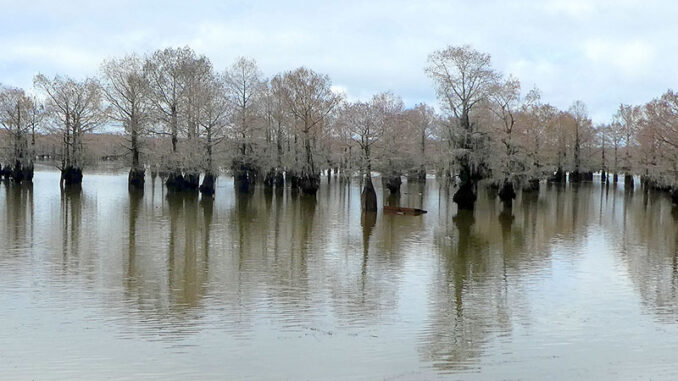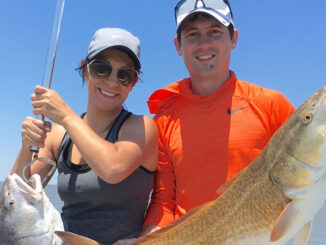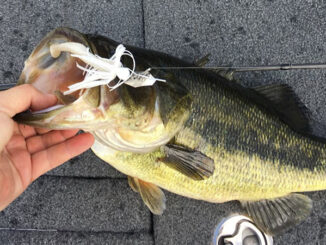
Where a logjam led the water to froth and bears to bite logs
For hundreds of years, a huge logjam, later dubbed “The Great River Raft,” clogged the Red River from near modern-day Boyce to above Shreveport. The raft acted as a dam that caused bayou tributaries to back up and fill in low spots and create so-called “raft lakes” such as Lake Bistineau.
When the logjam was removed in the 1830s, the raft lakes drained out, only to be refilled whenever the Red River flooded. Modern concrete dams were built in the 20th century to keep the lakes filled permanently.
In 1806, Thomas Freeman and Peter Custis recorded some of the place names in the Bistineau area while exploring the Red River. After detouring through bayous to navigate around the logjam, they found themselves on a stream their guides called Bayou Datche.
Datche was an Indian word meaning a “gap eaten by a bear in a log” and was used because an Indian once saw a bear chewing on a log there. Today, we know the stream as Bayou Dorcheat, which runs into Lake Bistineau.
When the explorers entered Lake Bistineau, Freeman reported that the lake was known as “Bistino.” This was another Indian word meaning “big broth” and was a reference to the large amounts of froth that covered the lake during high water. Over the years, Bistino was corrupted into Bistineau.
Familiar spots
Those who regularly fish Lake Bistineau are familiar with such place names as Toulon Bayou, Peggy’s Island and the Hay Meadow. All have interesting origins.
Toulon Bayou flows into the northeastern part of the lake and is said to be named for three Toulon brothers who settled at the mouth of that stream. Balt, Gabe and Gee were popular figures in the area because they often hosted dances where Gabe and Gee played the violin and mandolin.
After the Great River Raft was cleared, steamboats from the Red River could pass through Lake Bistineau to reach people living along the lake and Bayou Dorcheat.
One steamboat landing was on a small island located in the mid-lake area, and a boat captain by the name of Peas eventually built a camp there to accommodate his wife, Peggy, and family. In time, the homeplace became known as Peggy’s Island.
The Hay Meadow is a large flat on the upper end of the lake. During the 19th century, lush grass grew there during the dry season, and people grazed their cows on the flat, and cut and bailed the grass for hay.
A dispute arose in 1896 when a man who owned the adjacent land tried to claim ownership of the Hay Meadow, as well. It led to an important 1899 Louisiana Supreme Court decision in which the court ruled that lake bottoms were public, not private, land.
Lake Bistineau State Park
The Lake Bistineau State Park is a good place to stay when fishing or exploring Bistineau.
The park has numerous campsites with water and electricity, furnished cabins, and a lodge that will accommodate up to 14 people. For large gatherings, such as family reunions, there is a group camp with a dining hall and 20 cabins.
Guests at Bistineau can also launch boats and enjoy hiking the park’s eight miles of trails, and horse owners can take advantage of a six-mile equestrian trail. Young and old visitors alike will enjoy playing the park’s disc golf course.


